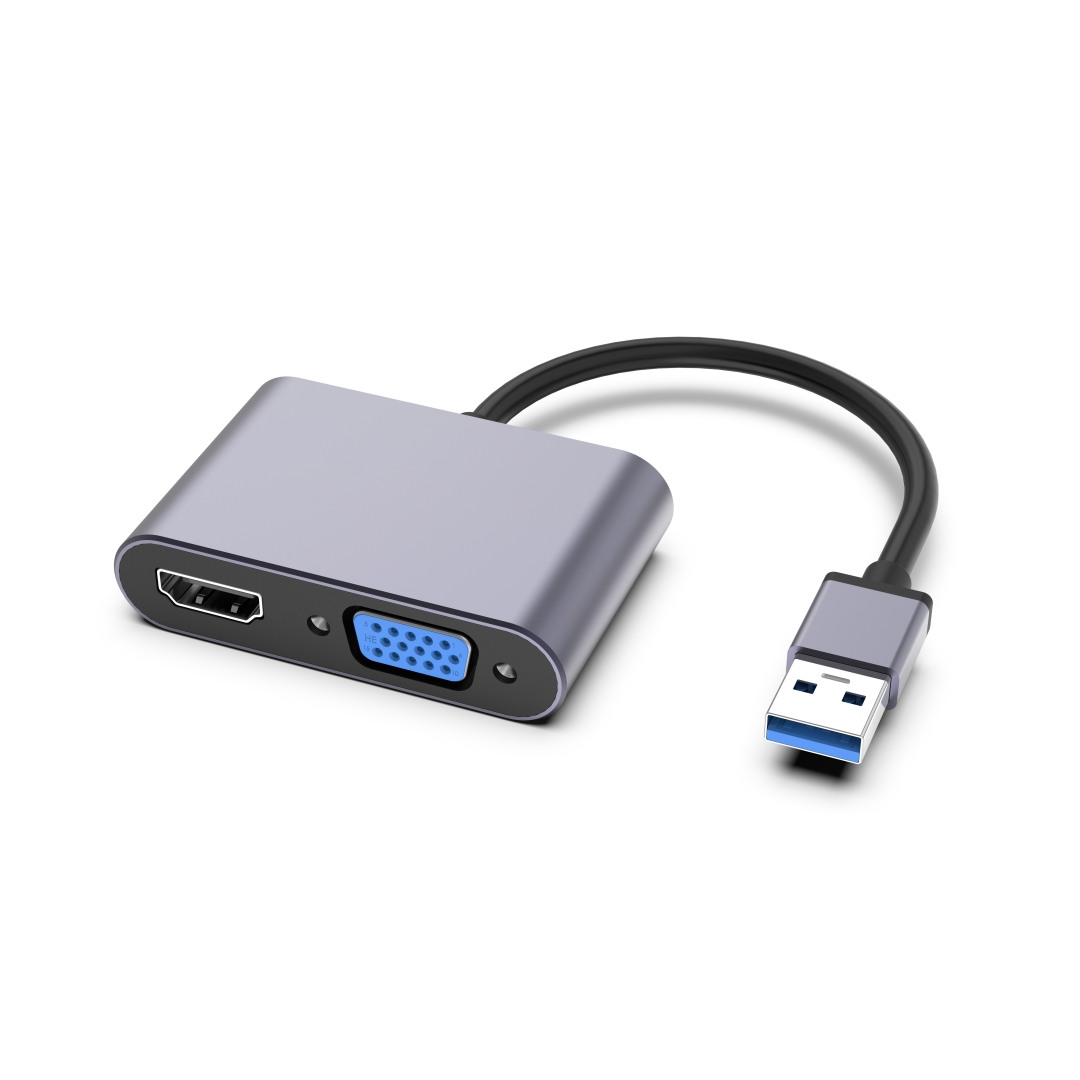Understanding the USB Ports on USB Hubs

USB hubs are essential devices that allow multiple USB peripherals to connect to a single USB port on a computer. However, not all USB hubs are created equal when it comes to the types of USB ports they offer. In this article, we will delve into the various types of USB ports available on USB hubs, their compatibility, advantages, and use cases.
1. USB 2.0 Ports
USB 2.0 ports are the most common type of USB ports found on USB hubs. These ports have been in use for more than a decade and offer a maximum data transfer rate of 480 Mbps. USB 2.0 ports are compatible with most USB devices and are ideal for connecting peripherals such as keyboards, mice, printers, and external storage devices.
2. USB 3.0 Ports
USB 3.0 ports, also known as SuperSpeed USB ports, offer significantly higher data transfer rates compared to USB 2.0. With a maximum transfer rate of 5 Gbps, USB 3.0 ports are ideal for devices that require fast data transfer, such as external hard drives, high-resolution webcams, and audio interfaces. USB 3.0 ports are backward compatible with USB 2.0 devices, meaning that you can still connect USB 2.0 peripherals to a USB 3.0 port.
3. USB 3.1 Ports
USB 3.1 ports, also known as USB 3.1 Gen 1, offer the same data transfer rate as USB 3.0 ports but come with additional features. These ports support the USB Type-C connector, which is smaller and reversible, allowing for easier and more convenient connectivity. USB 3.1 ports are suitable for devices that require high-speed data transfer, such as external SSDs, gaming controllers, and virtual reality headsets.
4. USB 3.1 Gen 2 Ports
USB 3.1 Gen 2 ports take the data transfer speed a step further, offering a maximum transfer rate of 10 Gbps. These ports retain the USB Type-C connector and backward compatibility with USB 3.0 and USB 2.0 devices. USB 3.1 Gen 2 ports are ideal for professional-grade equipment like video capture devices, high-performance storage arrays, and advanced audio interfaces.
5. USB Power Delivery Ports
USB Power Delivery (USB PD) ports are a relatively new addition to USB hubs. These ports support not only data transfer but also charging capabilities. With USB PD ports, you can charge devices like laptops, smartphones, tablets, and even power-hungry devices like monitors and external displays. USB PD ports come in different power profiles, allowing for fast charging and powering larger devices.
Conclusion: Choosing the Right USB Hub with the Desired USB Ports
When selecting a USB hub, it is crucial to consider the types of USB ports it offers. USB 2.0, USB 3.0, USB 3.1, USB 3.1 Gen 2, and USB PD ports provide different levels of data transfer speed, compatibility, and charging capabilities. Assess your specific requirements and the devices you need to connect to make an informed decision on the USB hub that best suits your needs. With the right USB hub and the appropriate USB ports, you can optimize your connectivity experience and enhance productivity.



